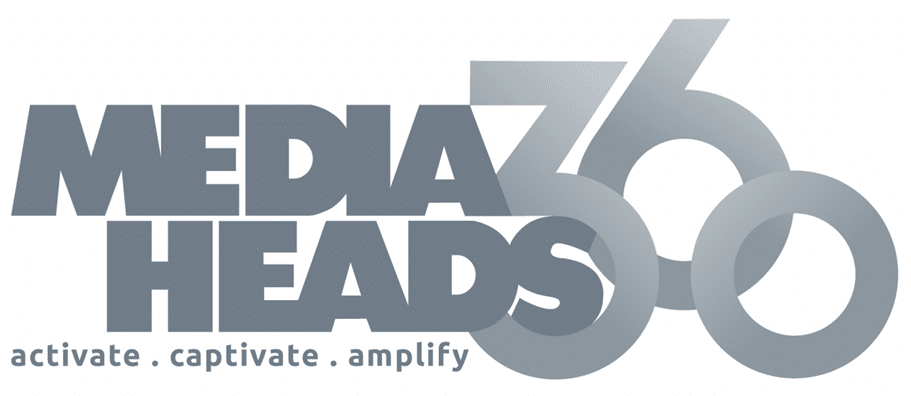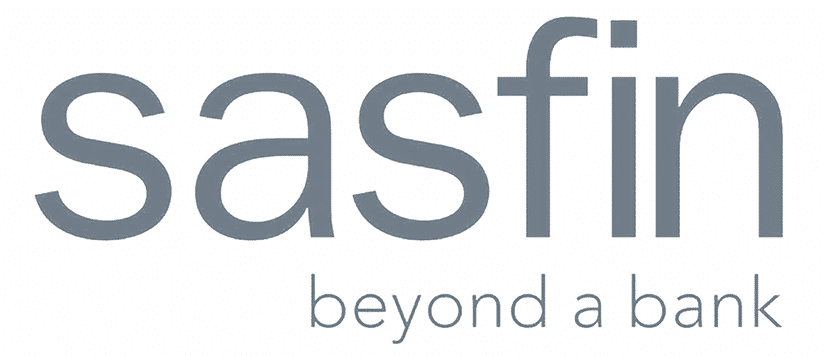In today’s digital universe, attention is the most valuable asset. Get attention for your brand, sweet! That’s not so easy lately, what with millions of blog posts and social updates getting published every day, and it turns out good ideas alone are no longer enough. Whether you’re a marketer, entrepreneur, or content writer, being able to write clearly and persuasively is fundamental to successfully winning at content marketing.
The best online writing is not just about clever words; it’s about human connection. The clearer, more emotion-stirring, and beneficial your content is to read, the longer visitors stick around, engage with it, and trust you. In an age when readers are skimmers before they’re readers, clarity and engagement are what separate decent content from great content.
Consistency, relevance and user experience make up the bedrock of content marketing. You might have the best product or service in the entire world, yet if your content doesn’t make sense to the reader or bores them, they will scroll right past. Good content writing involves balancing and combining art and science, which requires a trained eye.
Know Your Audience Before You Write a Single Word
All good web content starts with one crucial question: Who am I writing for? In the world of content marketing, clarity and engagement begin with knowing your audience. It’s impossible to write well if you don’t know who you’re writing for, what they care about and how they consume information.
Begin by establishing your demographic profile for your target audience, age, career, interests and pain points. Look beyond superficial attributes and think about what they stand for. For instance, a personal trainer writing blog posts for beginners might use easy language and confidence-boosting words, while someone addressing an elite athlete would do the complete opposite. The tone and diction you customise for the reader will ensure your message hits its target with accuracy.
Creating audience personas can help. These are not real people, but somewhat fictional characters who represent your target audience. For example, “Alex the Entrepreneur” could be a 35-year-old small business owner interested in productivity tips and marketing knowledge. Writing for a persona helps keep your tone aimed and avoids wandering into generic or vague messaging.
Another key point is to study how the specific audience behaves. Leverage instruments, including Google Analytics, Hotjar or BuzzSumo, to figure out what content your audience finds engaging. Are long-form narrative guides better, or do they want something short and sweet like a listicle? Do they reblog educational posts, or are they sharing emotional stories? Once you are clear on this, you can create your content according to your style and the topics you choose.
Within content marketing, empathy is the source of clarity. When you know how to think like your reader, the writing feels more relevant, natural, and practical, three things that lead to robust engagement.
Focus on Clarity and Structure: The Backbone of Effective Writing
In the world of online writing, clarity isn’t optional; it’s essential. Your readers are busy, and increasingly multitasking. Clients scan, don’t read, so you must be immediately legible. Great content marketing isn’t just about creativity; it is all about structure and readability as well.
Start with a clear central idea. Each article, blog and post should have one topic they are aiming at. Don’t overload your piece; try not to hammer too many points into one story. Instead, conceptualise each paragraph around a clear takeaway. Use small sentences and paragraphs for easy reading of your text.
Then write it in a way that is easy to read. Headings and subtitles are there to help keep sections distinct from one another; they are signposts to ensure that readers can navigate smoothly through your material. Use bullet points or numbering for important highlights and steps. This makes your writing scannable, something essential for mobile readers.
Clarity also depends on language. No jargon unless your audience knows what you are talking about. Substitute simple words for complicated ones — “use” instead of “utilise,” “help” instead of “assist.” Clear writing is not about dumbing down your message but about making it as sharp and accessible to the many rather than the few.”
The layout of your content also has an impact on SEO. Naturally, use relevant keywords throughout your article, particularly in titles and the first 100 words. This is useful for search engines and keeps the flow natural.
Conclude each section with a summary or transition that ties these ideas together. This keeps a reader’s eyes moving and helps them follow your argument from A to Z more effectively. In other words, clarity breeds trust, and engagement is what fuels content marketing.
Engage Through Storytelling and Emotional Connection
Facts inform, but stories inspire. When it comes to content marketing, nothing captures the reader’s heart or the potential client’s attention quite like storytelling. Clear writing gets people to pay attention; emotional storytelling keeps them there.
We are wired to respond to stories; they trigger empathy, curiosity and imagination. There is nothing like a good story that carries information you can relate to your life and gives things an even more twisted twist. In this way, an ordinary blog post becomes something akin to an experience. Whether you’re sharing a customer testimonial, behind-the-scenes adventure, or personal lesson learned, telling stories makes your brand more human and reinforces your credibility.
To communicate with data, begin with structure. Every story requires three basic things: a challenge, a journey and an outcome. For example, if you’re writing about productivity tools, include a story about a small business owner who struggled to manage her time but eventually found a method that increased her efficiency. Readers recognise themselves in these stories and get inspired to act.
Be yourself, write as if you were speaking. In online writing, forced enthusiasm and over-promotional language can be detected by readers within seconds. You’re writing as though you’re addressing a friend: accessible, candid, helpful.
Emotion is also a significant factor in engagement. Information is then more about the feeling that your IDs created, rather than what they said. Use emotional triggers judiciously, such as optimism, curiosity, relief, or empowerment, according to your brand’s voice.
Graphic your stories. Visual: Engaging visual storytelling with images, infographics and video to aid in comprehension and recall. When your readers can connect on an emotional level, they’re more likely not just to read your content but also to share it, growing your reach and influence in the digital world.
Edit Ruthlessly and Optimise for Readability and SEO
The most inventive ideas are also the least impactful if they’re poorly edited. The distinction between good writing and excellent content marketing is often found in the editing process. Editing is the stage in which clarity, tone and polish merge to help your work shine.
First, review for clarity. Ask yourself: Is my message clear in the first paragraph? Would a reader be able to get the gist of my main points without reading again? If not, simplify. 4) Cut out the fluff, Slash filler phrases, and redundant words. For example, don’t write “because” when you can write “because.”
Next, refine your tone. Your voice should match your brand personality, whether that’s professional, friendly or inspirational. Be consistent with the tone of voice in your post so others can identify it’s you across platforms.
To edit for readability means to concentrate on flow and format. Lead your reader through it by using short paragraphs, sub-heads and transitional phrases. Valuable tools such as Grammarly, Hemingway Editor or YoastSEO can help with grammar, sentence structure and readability scores.
Editing is also a time to focus on SEO optimisation. Place your keywords strategically in the headings, metadata and introduction, but don’t force them at the expense of natural language. Sprinkle in some internal links to category or post types as well as external links to reputable sources, the good stuff, and you’ll boost your credibility and search rankings accordingly.
Proofread thoroughly. Read your writing out loud to notice clunky lines or missing transitions. Good editing means the difference between a message that is readable and persuasive and one that is not.
Conclusion
This is because writing on the web isn’t just a form of art; it’s a strategic skill that runs through the heart of content marketing success. In the Information Age, clarity is the best path to trust, and engagement is how you connect. When your content is highly organised, emotionally appealing, and clear as crystal, it breaks through the digital cacophony and sticks. When you know who your audience is, then you are not speaking in a direct dialogue or to an intimate concern. By emphasising clarity and structure, you allow any audience to access your writing, no matter what their background or expertise.
Then storytelling comes in and makes it emotional and information-connected. And after editing and optimising it, your message becomes polished, forceful and present in search results. The key to good content marketing isn’t writing more, it’s writing better. Clarity produces authority; engagement produces loyalty. But as algorithms change and fads come and go, one thing does not: a yearning for authenticity and clarity. Write with both, and you’re not only getting clicks but also creating relationships, driving decision-making, and motivating people to act.
GET IN TOUCH WITH THE DIGITAL SCHOOL OF MARKETING
Do you want to become a content marketer? If you do, then you need to do our Content Marketing Course at the Digital School of Marketing. Follow this link to find out more.
Frequently Asked Questions
Clarity is the bedrock of a good content marketing strategy, making your message easy to understand and act upon. Online readers have supershort attention spans, so unclear or convoluted writing sends them clicking away in a hurry. Nothing articulates value like explicit content, which builds trust and engagement. It also enhances SEO, because search engines prefer content that directly addresses user intent.
Storytelling is perhaps the most potent weapon in the content marketer’s arsenal when it comes to forming emotional connections. It turns facts into experiences people can relate to, and helps your reader connect to what you’re saying on a human level. Through stories of hardship, transformation, and triumph, brands can make abstract concepts personally meaningful and influence opinions. Being able to tell a story also promotes more extended reading and more social sharing.
Creating compelling online content begins with understanding your audience. Adjust the tone, vocabulary and examples of your reply to their interests and difficulties. In content marketing, structure is also critical — break up text with subheadings, short paragraphs and bullet points so it’s easy to skim. Use storytelling and visuals to keep readers engaged, and be sure to include data. Close out with a strong call to action so that people can get involved.
Balance is the key to writing in a way that’s both digestible and SEO-friendly. Write in small paragraphs and sentences. Targets content marketing keywords naturally. Organise your content with clear headlines and break up text to make it easy for readers and Google to read. Hemingway and Yoast SEO are great tools to help ensure readability and keywords. Use internal links to cross-link keywords and external ones from trusted sources.
Common mistakes in content marketing writing include using jargon, lacking structure, or simply not providing anything to the reader. Too much jargon can alienate readers, as can long, unformatted blocks of text. Failing to grasp the basics of SEO, such as where to place keywords or how, when and why to employ meta descriptions or internal links, could make you invisible online. The second mistake is not knowing your audience’s pain point and motivation before you write.
.
This is where your content goes from good to great: editing. It crystallises your message, strips away clutter and lifts the flow. In content, writing succinctly and flawlessly adds credibility and captivates readers. After you write, simplify it: Cut out fillers, shorten some of your sentences and make sure that the point comes through nicely and clearly. Reading out loud can catch any clunky passages or muddy transitions. Editing also includes SEO optimisation, rewriting keywords and links, and other related tasks.
Blog Categories
You might also like
- Will Content Marketing Generate Leads for your Business?
- Why You Should Use a Content Calendar For Your Digital Marketing
- Why you should search for trending hashtags before posting content
- Why You Should Master Digital Copywriting To Enhance Your Content
- Why you should leave comments on blogs
- Why You Should Search For Trending Hashtags Before Publishing





















